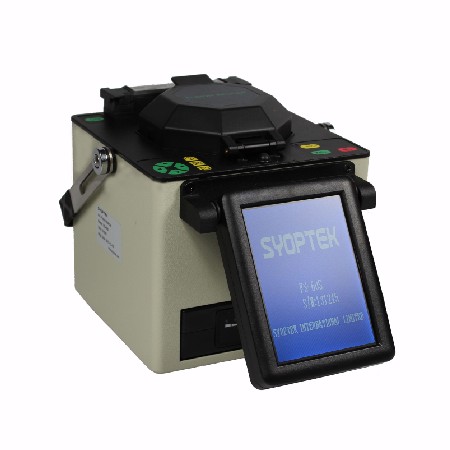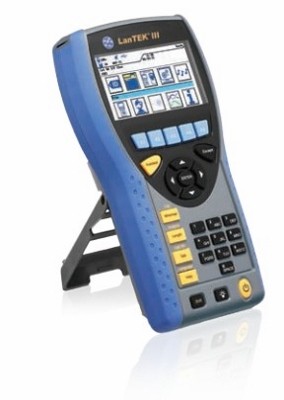According to the study, the value of passive optical components, led by fiber-optic cable assemblies (glass optical fiber/GOF plus plastic optical fiber/POF), in harsh environments reached $711 million in 2015. Transmitter/receiver units, held a 43% percent share of total components consumption in 2015. The total use of fiber-optic components used in all harsh environment applications is forecast to increase at an average annual growth rate of 14.6 % from $1.3 billion in 2015 to $2.6 billion in 2020.
The report notes that, historically, the market value of harsh environment fiber-optic components and devices has been dominated by military/aerospace-qualified components, with a 68% share in back in 2010. “However, we forecast that the military/aerospace application’s market share will decrease over the forecast period (2015-2020),” said the analyst, who added, “The commercial/industrial fiber-optic component consumption, in turn, is dominated by plastic optical fiber (POF) link components. However, glass-based optical fiber is finding an increase in opportunity in commercial/industrial applications.”
Harsh Environment (HE) is defined by the report as environment beyond the limits normally encountered by commercial telecom, datacom and commercial intra-equipment fiber data links with regard to extremes of: temperature above or below (-40 to +75) degrees C; shock and vibration; external pressure extremes; tensile strength of fiber; high EMI/RFI interference; corrosive and/or solvent surroundings; atomic and other radiation; and rough handling during installation/deployment.



